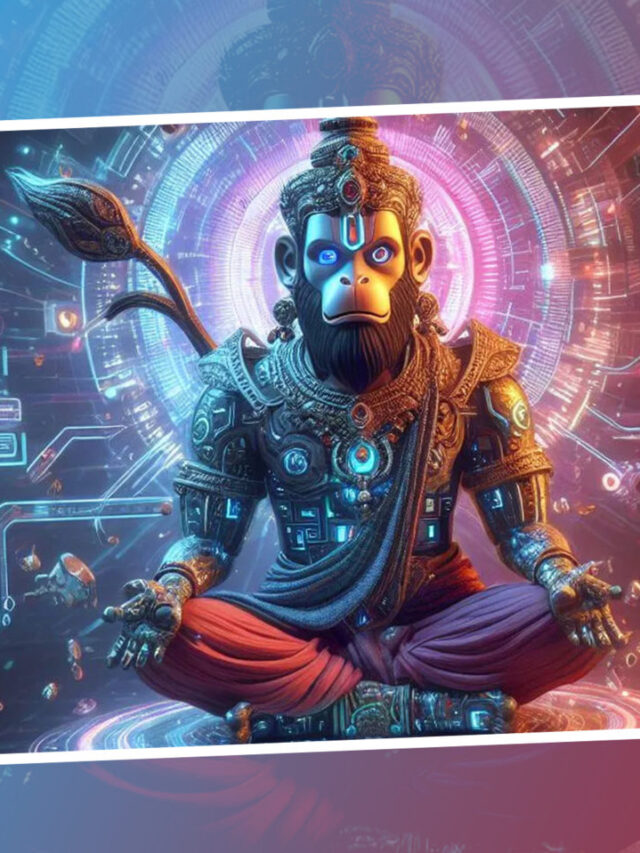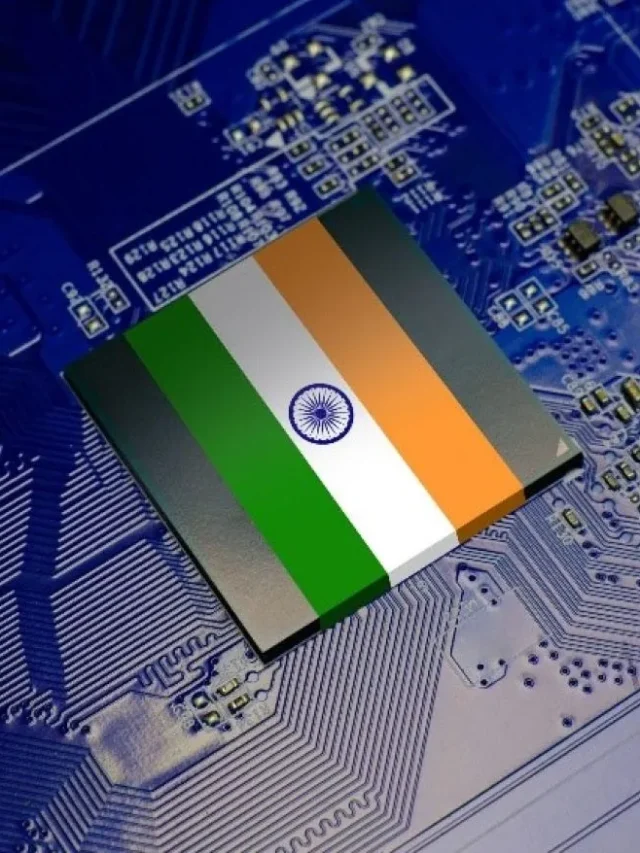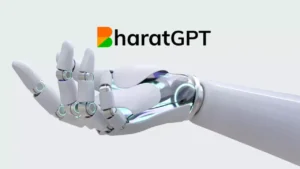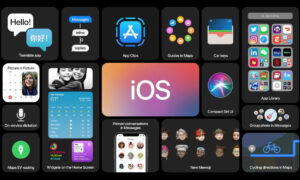Hanooman : India’s Own ChatGPT -Style AI Model

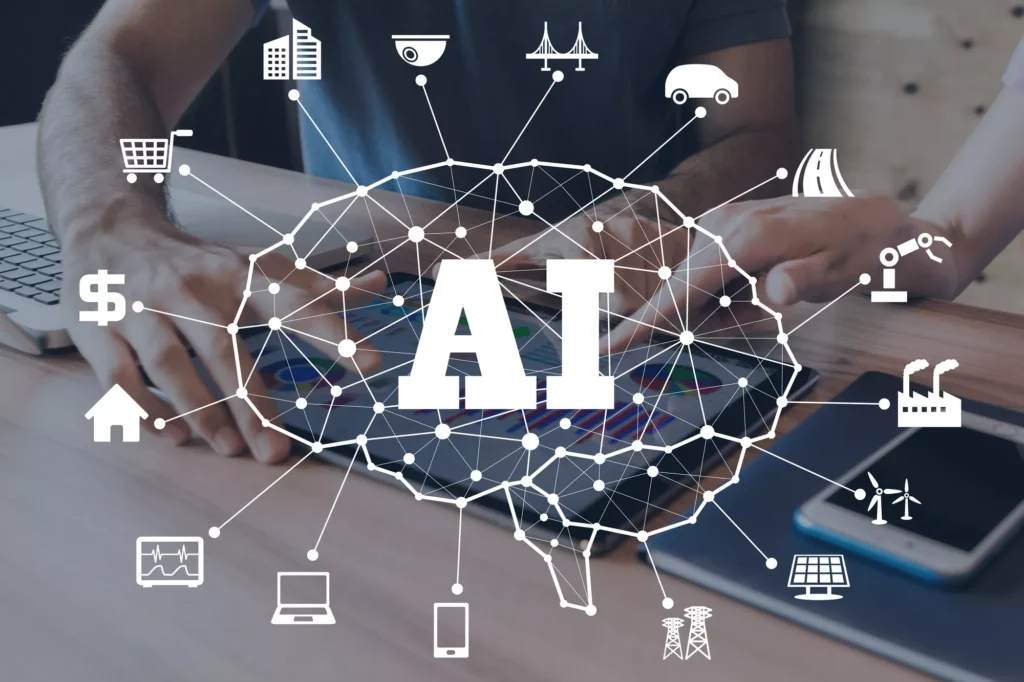
Hanooman, a compilation of Indic large language models, is backed by Reliance Industries under the leadership of Mukesh Ambani, along with renowned engineering institutions throughout India. The collaboration’s objective is to introduce its initial ChatGPT-style service by the end of this month. The inaugural model version, boasting 7 billion parameters, is anticipated to be unveiled in late March 2024.
Hanooman enters the competition in the Indic AI landscape alongside other language models like Krutrim by Ola, OpenHathi by SaravamAI, and Airavata model by IIT-Madras.
What exactly is Hanooman ?
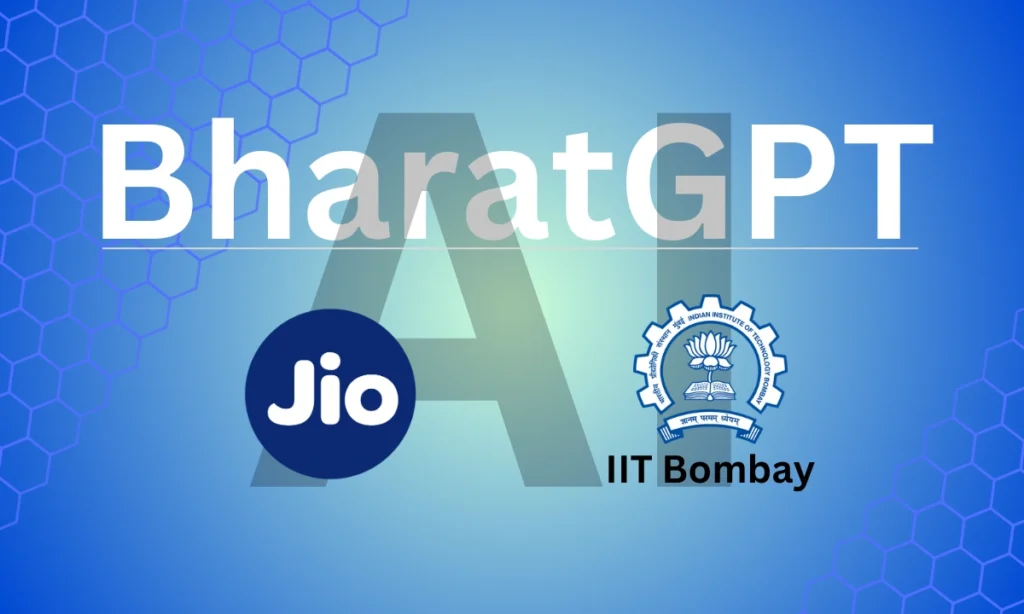
Hanooman comprises a collection of open-source artificial intelligence (AI) models crafted to comprehend and produce text and speech across Indian languages. The name draws inspiration from the Hindu deity Hanuman. Developed through collaboration between Seetha Mahalaxmi Healthcare (SML) and the BharatGPT ecosystem led by IIT Bombay.
- It is a series of large language models (LLMs) that can respond in 11 Indian languages like Hindi, Tamil, and Marathi, with plans to expand to more than 20 languages.
- Capabilities: It is a multimodal AI tool, which can generate text, speech, videos and more in multiple Indian languages.
- The size of these AI models ranges from 1.5 billion to a whopping 40 billion parameters.
- Applications: It has been designed to work in four fields, including health care, governance, financial services, and education.
What is the main aim of Hanooman?
Hanooman was developed to address concerns surrounding accuracy and bias present in certain large language models (LLMs) created by major tech corporations. The initiative’s objective is to cultivate AI capabilities tailored specifically for India, taking into account the nation’s diverse linguistic and cultural heritage. The aim is to foster generative AI capabilities within India, integrating its rich linguistic and cultural legacy with technological advancements to meet the significant demand for AI within the country,” explained Ganesh Ramakrishnan, chair professor at the Department of Computer Science & Engineering at IIT-B and the project lead, during an interview with ET.
“Drawing inspiration from the benevolent attributes associated with Lord Hanuman, Hanooman symbolizes our commitment to serving the public good,” added Ramakrishnan. “We harness the considerable potential of generative AI solely for the betterment of others, devoid of any personal gain.”
Who is developing Hanooman?

Hanooman is a collaborative project being developed by the BharatGPT ecosystem, led by IIT Bombay in conjunction with seven other IITs. It has also garnered support from the Department of Science and Technology, SML, and Reliance Jio.
What are the goals of Hanooman?
- Develop a robust AI model trained on Indian languages.
- Address the requirements of various sectors in India, including healthcare and education.
- Provide an open-source alternative to commercially available LLMs.
- Offer a closed-source model for enterprises necessitating on-premise solutions.
What functionalities will Hanooman possess?
Hanooman will offer the following functionalities:
- Generate text and speech in multiple Indian languages, initially starting with 11 and eventually expanding to cover all 22 official languages.
- Provide automatic speech summarization to condense conversations.
- Assist students up to grade 3 with homework and aid teachers in educational activities.
What are some potential applications of Hanooman?
Hanooman holds promise for various sectors, including:
- Healthcare: Summarizing doctor-patient interactions and offering language assistance for patients.
- Education: Offering personalized learning tools and educational resources tailored to different dialects.
- Banking and Finance: Providing language translation services for financial transactions.
- Entertainment: Facilitating content creation and translation in Indian languages.
In how many Indian languages can the model currently converse?
The model is currently capable of conversing in 11 Indian languages, such as Hindi, Tamil, Telugu, Malayalam, and Marathi. The aim is to expand its capabilities to cover all 22 Indian languages.
Challenges and Factors to Consider:
- Dataset Quality: There are concerns about the quality of datasets in Indian languages, with a focus on the widespread use of synthetic datasets created through translations. This may result in inaccuracies or distortions.
- Competition: In addition to BharatGPT, various startups like Sarvam and Krutrim, backed by notable VC investors like Lightspeed Venture Partners, are working on AI models customized for India. This highlights a growing ecosystem in this field.
